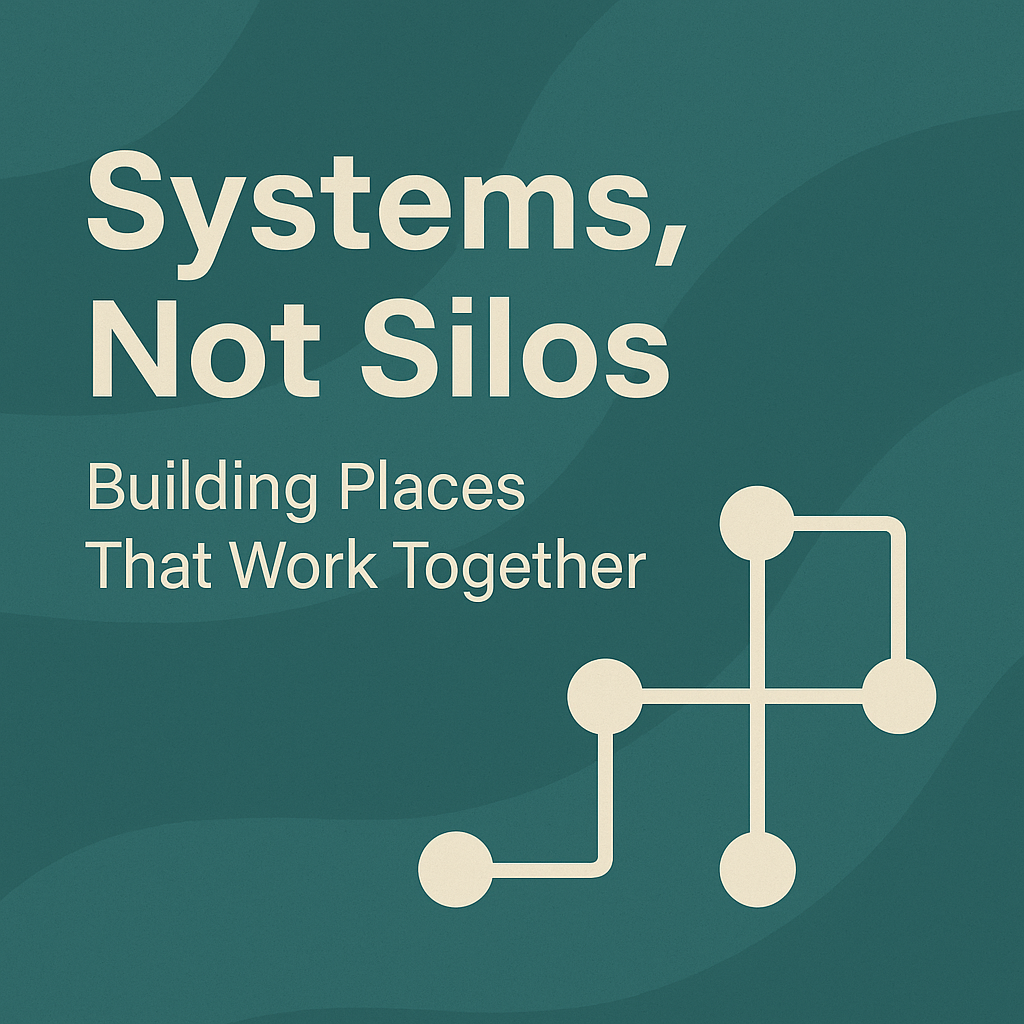Systems, Not Silos: The Invisible Architecture of Excellence
Imagine watching a championship rowing team.
Each athlete, powerful in their own right.
But what makes them unstoppable isn’t muscle. It’s rhythm.
Now imagine one of them decides to row at their own pace. Another ignores the coxswain.
A third doesn’t even know which race they’re in. You don’t just lose the race. You sink the boat.
This is what happens when organisations operate in silos.
Row ,Row your …….
The Illusion of Excellence
We live in a world obsessed with performance. With high-functioning teams. With KPIs, dashboards, agile standups. But here’s the paradox: You can have a brilliant marketing department, a top-tier finance team, and an award-winning visitor experience—and still fail.
Why? Because brilliance in isolation is not brilliance at all.
It’s a façade. A Potemkin village of progress.
Not even okay on the facade.
The System is the Strategy
In the best organisations—whether it’s a Formula 1 pit crew or the NHS team that cracked the 4-hour A&E wait—you find the same pattern: joined-up thinking.
These are not places where “we don’t talk to that team” is an acceptable phrase.
These are systems.
And systems think in loops, not lines.
They notice the ripple effects. They adapt, self-correct, and—crucially—they learn.
A silo, by contrast, can’t learn. Because a silo doesn’t see.
F1 - the aligned team
Silos are Comfortable. Systems are Uncomfortable—and That’s Why They Work.
Silos give people something precious: control.
You stay in your lane. You do your job. You hit your targets.
But the real world doesn’t respect lanes. It’s messy, unpredictable, interconnected.
The question isn’t “Did marketing do its job?”
It’s “Did the customer feel seen?”
The question isn’t “Did finance approve the budget?”
It’s “Did the project land on time—and did it matter?”
When we shift from silos to systems, something uncomfortable but powerful happens:
People have to take collective responsibility.
Not just for their output—but for the outcome.
One of my Best teams to date - Achieving excellence , working together.
The Architecture of the Invisible
Here’s the truth few leaders admit:
Most failures are not failures of talent.
They are failures of connection.
Your customer doesn’t experience your org chart.
They experience your culture, your cleanliness, your signage, your welcome, your food, your toilets.
They experience your system.
And every tiny disconnect—every lost bag, every late call, every “not my department”—erodes trust.
Break the Habit, Not Just the Wall
So how do we dismantle silos without triggering organisational collapse?
You don’t need a revolution.
You need alignment.
You need language that travels across departments.
You need goals that link strategy to the shop floor.
And above all, you need leaders who can zoom in and out—who understand both the engine room and the horizon.
I call this operational empathy. It’s not about flattening the structure. It’s about raising the game.
What Excellence Really Feels Like
You’ve felt it, haven’t you?
That rare moment when everything clicks.
The kitchen, the tech, the team, the guest.
No firefighting. Just flow.
That’s not luck. That’s systemic intelligence.
It’s what happens when silos become systems. When excellence is not just department-deep, but organisation-wide.
Final Thought: Be the System
Think of your own organisation. Where are the joins fraying?
Where are the conversations not happening? Where is the customer paying for your internal confusion?
The next time someone says, “That’s not our job,” try asking: What if it is?
Because the future doesn’t belong to the biggest, or even the fastest. It belongs to those who can think together.




